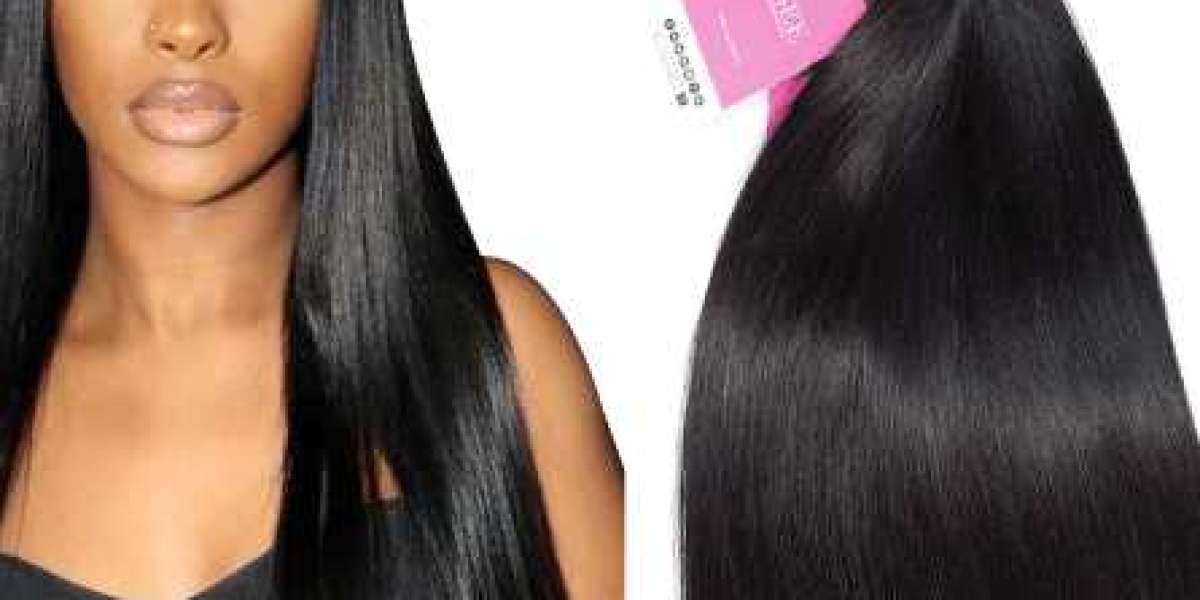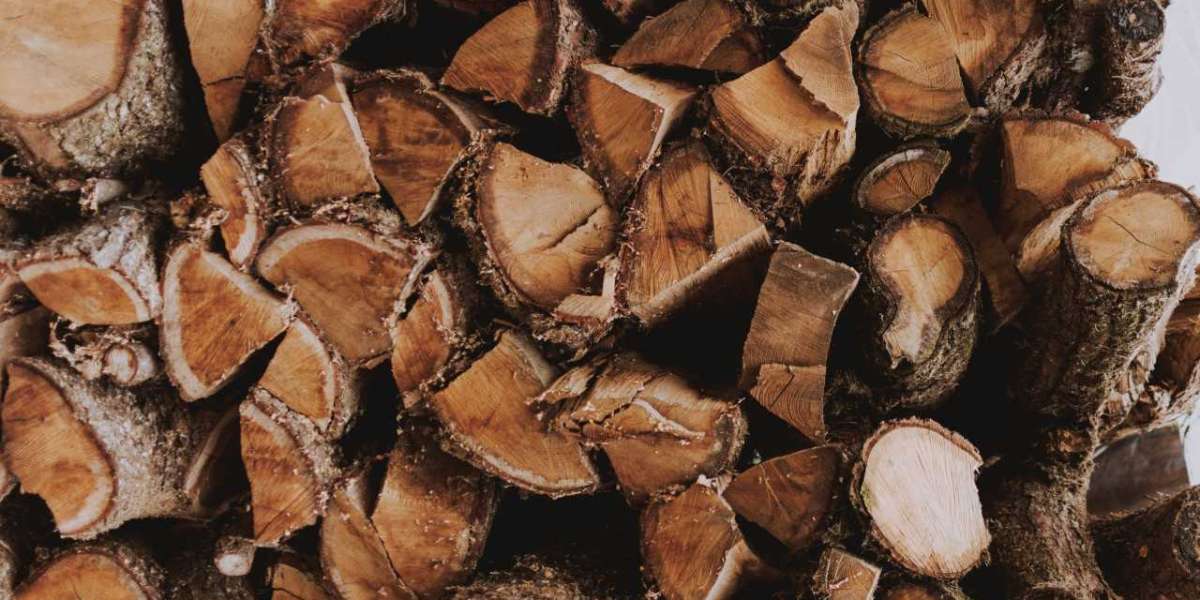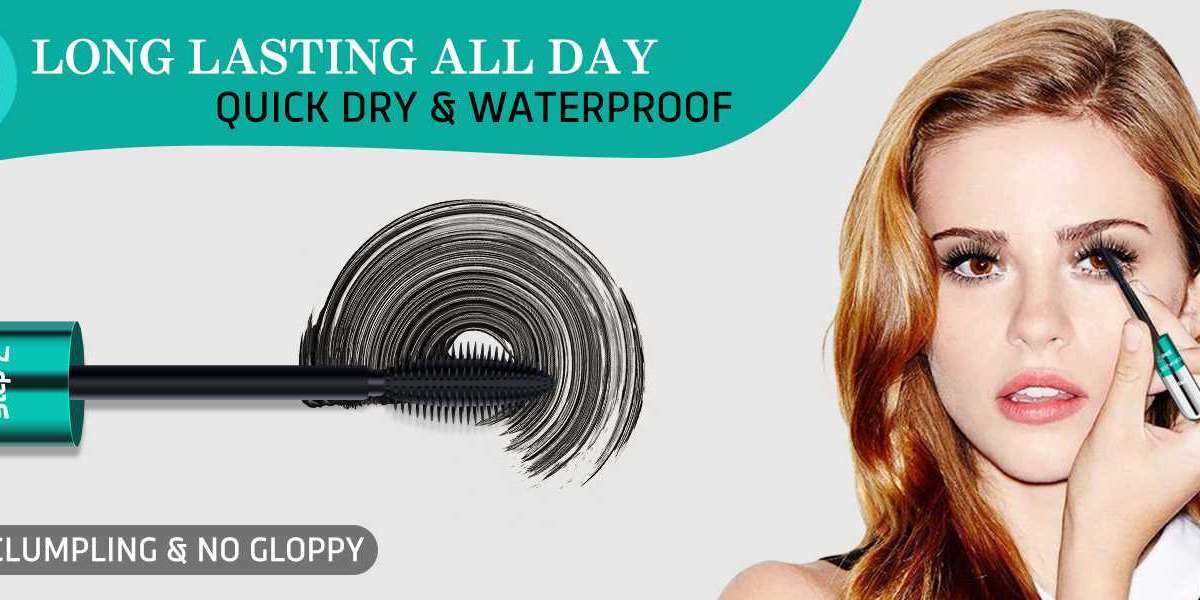Sew ins, a popular protective hairstyle among women of all ages and ethnicities, have become a go-to choice for those seeking a low-maintenance yet stylish look. However, one of the most frequently asked questions surrounding this versatile hairdo is, "How long do sew ins last?" The answer, while not set in stone, depends on several factors that impact the longevity and overall health of your sew in.

Understanding the Lifespan of Sew Ins
On average, sew ins can last anywhere from 6 to 10 weeks, but this timeframe can vary based on various factors. It's crucial to note that the longer you keep your sew in, the higher the risk of potential damage to your natural hair. Therefore, it's generally recommended to remove and reinstall a new sew in after 8 weeks to minimize stress on your hair and scalp.
Factors Affecting the Lifespan of Sew Ins
Several factors can influence how long your sew in lasts, including:
1. Hair Type and Texture
Your natural hair type and texture play a significant role in determining the lifespan of your sew in. Fine, thin hair may not be able to withstand the tension and weight of a sew in for an extended period, leading to faster shedding and potential damage. On the other hand, thicker, coarser hair can generally support a sew in for a longer duration.
2. Installation Technique
The installation technique used by your hairstylist can greatly impact the longevity of your sew in. A proper installation, with the right amount of tension and proper sectioning, can help ensure the sew in lasts longer without causing excessive stress on your natural hair. Conversely, an improper installation can lead to premature shedding, tangling, and even traction alopecia (hair loss).
3. Maintenance and Care
How you care for your sew in plays a crucial role in its lifespan. Regular shampooing, conditioning, and moisturizing can help keep the hair extensions and your natural hair healthy and hydrated, reducing the risk of dryness, breakage, and tangling. Proper brushing and styling techniques, as well as avoiding excessive heat and manipulation, can also contribute to a longer-lasting sew in.
4. Activity Level and Lifestyle
Your daily activities and lifestyle can impact the longevity of your sew in. High-intensity workouts, frequent swimming, or participation in sports can cause excessive sweat, moisture, and friction, leading to faster wear and tear on your sew in. Adjusting your hairstyle or taking extra precautions during these activities can help extend its lifespan.
Signs It's Time to Remove Your Sew In
While the recommended timeframe for keeping a sew in is generally 6 to 10 weeks, it's essential to pay attention to specific signs that indicate it's time for removal. These signs include:
- Excessive shedding or thinning of your natural hair, which can be a sign of damage or stress.
- Tangling or matting of the hair extensions, making it difficult to style or maintain.
- Itching or irritation of the scalp, which could be a sign of buildup or infection.
- Unpleasant odors or excessive dryness, indicating the need for a fresh installation.
It's essential to listen to your body and pay attention to these signs, as leaving a sew in for too long can lead to more severe issues, such as traction alopecia or scalp infections.
Proper Removal Techniques
When it's time to remove your sew in, it's crucial to follow proper removal techniques to minimize damage to your natural hair. Here are some tips:
- Gently detangle the hair extensions using a wide-tooth comb or your fingers, working from the ends to the roots.
- Cut the threading or weave carefully, avoiding cutting your natural hair.
- Gently remove the extensions, section by section, without pulling or tugging excessively.
- Cleanse your scalp thoroughly with a clarifying shampoo to remove any buildup or residue.
- Deep condition your natural hair to restore moisture and elasticity.
It's recommended to have your sew in removed by a professional hairstylist who can ensure proper removal techniques and provide advice on how to care for your natural hair after removal.
Maximizing the Lifespan of Your Sew In
To get the most out of your sew in and ensure it lasts as long as possible, consider the following tips:
- Choose high-quality hair extensions that match your natural hair texture and density.
- Opt for a professional installation by an experienced hairstylist who can properly anchor and secure the extensions.
- Practice gentle styling techniques, avoiding excessive pulling, tugging, or heat styling.
- Regularly moisturize your natural hair and the extensions to prevent dryness and breakage.
- Protect your hair while sleeping by wrapping it in a silk or satin scarf or bonnet.
By following these guidelines and being attentive to the condition of your sew in, you can enjoy this versatile and protective hairstyle for an extended period without compromising the health of your natural hair.
Conclusion
Sew ins can be a convenient and stylish protective hairstyle, but their longevity depends on various factors, including your hair type, installation technique, maintenance routine, and lifestyle. While the average lifespan ranges from 6 to 10 weeks, it's essential to pay attention to signs of damage or discomfort and remove your sew in promptly when necessary.
By choosing high-quality extensions, seeking professional installation, practicing gentle styling techniques, and maintaining proper hair








